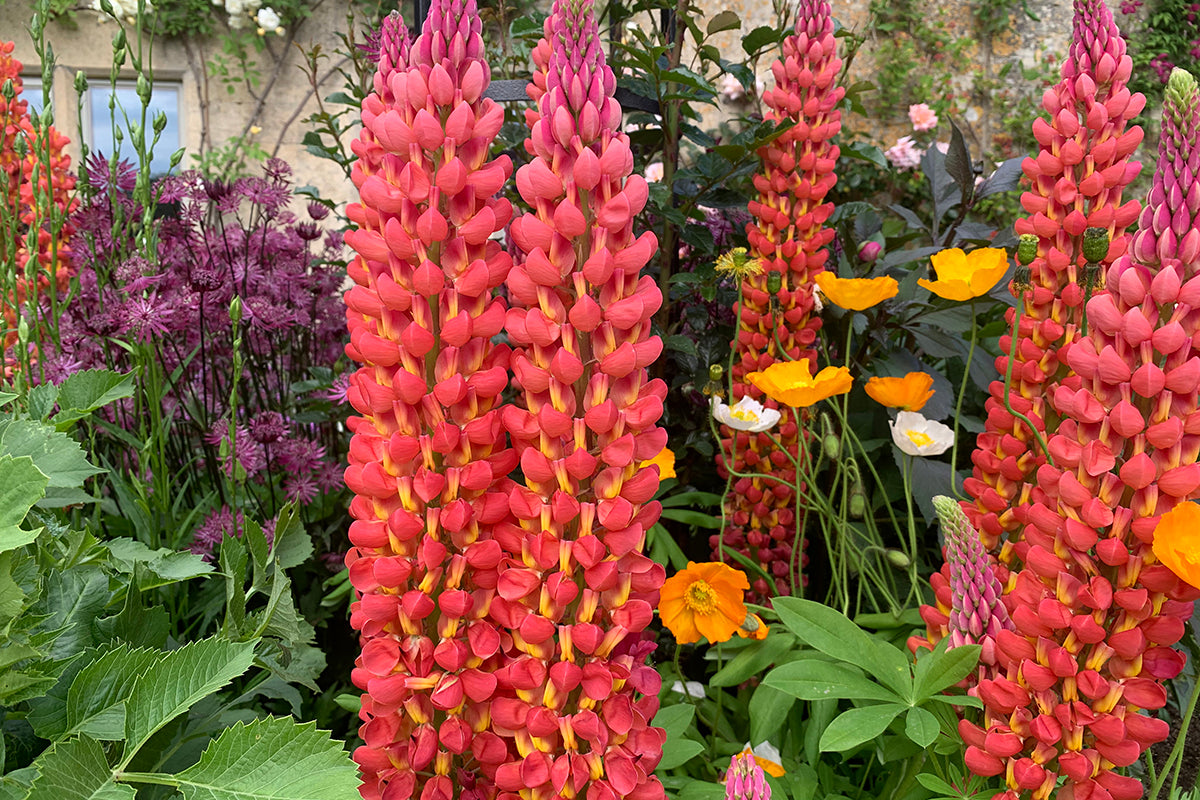Plant profile - lupins

Lupins are a wonderful perennial plant to have in the garden in June. From their mounds of fingered foliage to their beautiful spires of colourful flowers they’ve become a ‘must have’ plant for the Genus garden.
The Lupinus genus itself is a family of plants in the legume family and has over 199 species that originate from North and South America, as well as North Africa and the Mediterranean.
Most are herbaceous perennial plants, though some are annuals and a few are shrubs reaching up to 3 metres in height. One exceptional species in Mexico - Lupinus jaimehintonianus- grows as a tree and reaches over 8 metres.
As well as the typically palmate leaves divided into 5-28 leaflets there are the wonderful flowers that grow in whorls with their distinctive pea-like form. Common names include lupin, lupine, bluebonnet and quaker bonnets.
Widely cultivated as food sources they can be made into flour and are a good source of gluten-free protein. They can also be processed into animal feed.
We have our favourites of course, and the Genus garden has been home to several over the years. The best performers for us have been ‘Towering Inferno’ pictured, with its bright orange-red flower with a hint of yellow at their base. ‘Chandelier’ has also done very well with its lemon yellow flowers. Some varieties are bicoloured and ‘Jupiter’ is always a garden favourite with purple and white flowers.
Pet owners should be made aware that the plant contains alkaloids that can be moderately harmful to dogs and cats, especially if the seeds are ingested.











